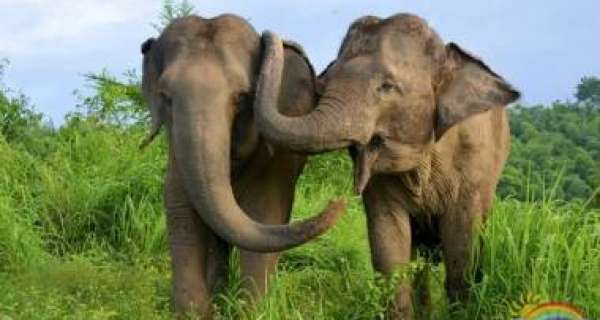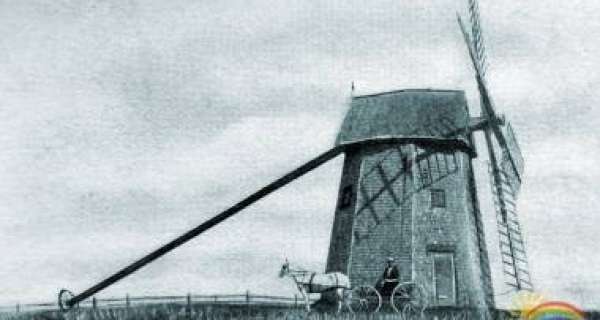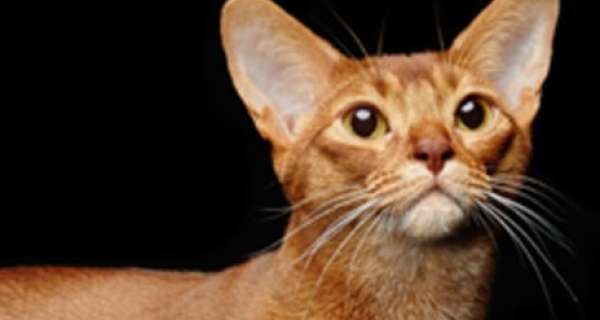An elephant’s trunk weighs around 400 pounds and contains around 100,000 different muscles. But, thanks to finger-like appendages at the tip, they’re also nimble enough to pluck a single blade of grass.
Unless you’re ambidextrous, you probably prefer to use one hand over the other. Elephants are the same way about their tusks: Some are “lefties,” others are “righties.” They’ll favor that tusk when fighting other Elephants, picking things up, or stripping leaves and bark off trees. Because of constant usage, their preferred tusk gets shorter over time.
Elephants have highly developed brains, not to mention the largest in the entire animal kingdom. Their brain is 3 or 4 times larger than that of humans, although it is smaller in proportion to their enormous body weight.
Elephants have an extremely slow pulse rate, around 27 beats per minute. Compare that to the average human (80 bpm), or Canary (1000 bpm).
The elephant’s trunk, which is called a proboscis, contains 16 muscles. It’s very similar to that of their ancient ancestors, the mammoth, and mastodon, with a large muscle on the top and sides of the trunk allowing elephants to raise it. There are also thousands of smaller muscle fascicles, or bundles of muscle fibers, that allow for finer movements of the trunk.
Elephants are incapable of jumping, but these massive mammals can run at a maximum speed of 25 miles (40 km) per hour. Yet even when they are moving at their fastest, they still keep at least one foot on the ground at all times.
Asian elephants have one more toenail on each foot than African elephants. Asian elephants have five toenails on the front feet and four on the back feet, while African elephants have four on the front and three on the back.
If you’ve ever seen photos of baby elephants, you know that their bodies are covered in short hair. The growth of this hair reduces over time, as they age. Unlike the hair on most mammals, the hairs on an elephant aid in cooling down its body in the hot climates of Africa and Asia.
In comparison to their African counterparts, Asian elephants have much smaller tusks. The tusks on many female (and sometimes male) Asian elephants, which usually measure just one or two inches in length, are called “tushes.”
The skin of an elephant may look more wrinkled than your 80-year-old granny. But it actually helps to keep their skin healthy by holding in moisture. After they take a mud bath, the moisture of the mud remains in the wrinkles to continue softening the elephant’s skin.
If you’ve ever been up close to an elephant, you may have noticed their incredible eyelashes, which can grow up to five inches in length. Studies have shown that the ideal length for eyelashes is approximately one-third of total the length of the eye, which helps to prevent the eyes from drying out.
Elephants have incredibly poor digestion, with only 50% efficiency. As a result, they release an incredible amount of gas (methane) and produce around 250 pounds of manure a day!
To know more about Elephant’s Bodies














